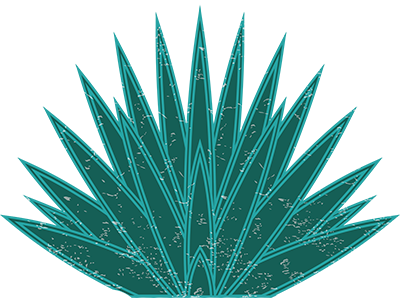Mezcal as Food, Beverage, & Heritage | Part 1
“Welcome to the Agave family!” was the way that late Arizona botanist Howard Scott Gentry used to greet aficionados of these wondrously-shaped and deliciously-tasting desert-adapted plants. Of course, many Americans are aware of the fact that is the popular name of a distilled alcoholic beverage, but how many newcomers to Southern Arizona know that it is also the common name for several kinds of native plants that are as good to eat as they are to drink?
Also known as the century plant or maguey, most species of this agave plant group have rosettes of sword-shaped leaves with succulent leaf bases that are edible after baking or roasting. Also edible—once they are adequately trimmed and cooked—are the pineapple-like “hearts” below the leaf bases, the flower stalks, the floral buds and the flowers themselves. And yet, if they are so edible, why aren’t more people in Arizona prone to eat them today?
This question begs another question that we have recently heard residents of Southern Arizona ask: “How can Tucson and surrounding Sonoran Desert communities revitalize an eight millennia-old legacy of using plants such as mezcal both for food and for drink?”
This is not a trivial issue, given that few edible plants are more abundant in the Tucson Basin than the wild succulents called mezcal in Spanish. These members of the Agave clan are also very efficient in their water use, and can produce far more edible biomass on the same amount of moisture than corn can offer. They have been an important part of Tucson’s history; over the next few blogs, we will explore how they are also a cherished part of our City of Gastronomy, and will be a necessary part of our future!
— Gary Nabhan, Bill Steen & Wendy Hodgson
